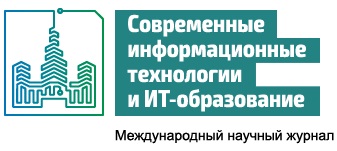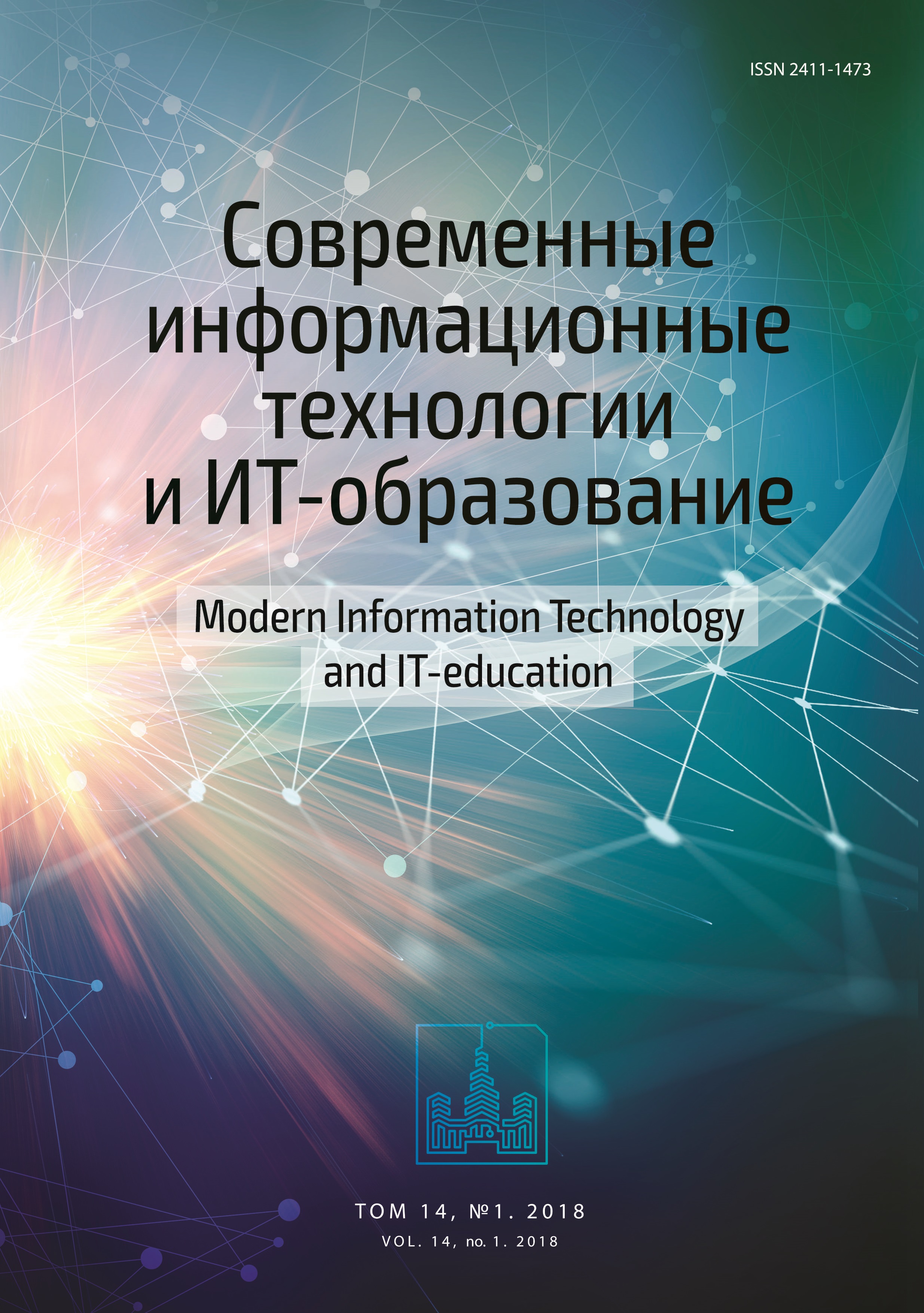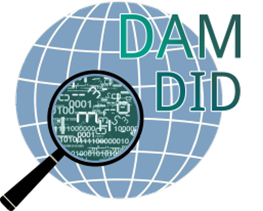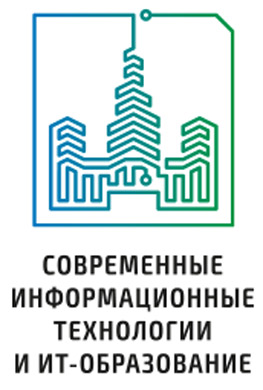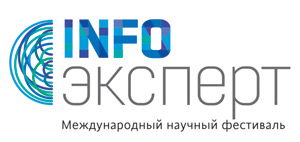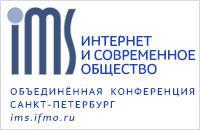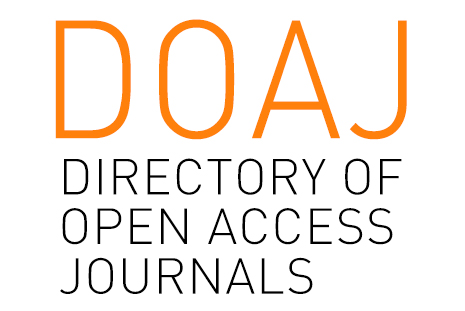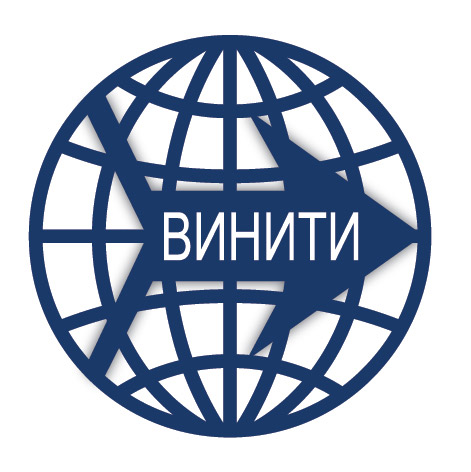АНАЛИЗ ТРАФИКА УСТРОЙСТВ ИНТЕРНЕТА ВЕЩЕЙ
Аннотация
Одной из популярных на данный момент тем в инфокоммуникационной сфере является Интернет вещей (Internet of Things, IoT). IoT не является стандартизованной концепцией. Для построения и взаимодействия таких систем предлагается несколько вариантов эталонных моделей. Кроме того, для удовлетворения основных требований к интеллектуальным системам часто модифицируются или разрабатываются новые протоколы. Для построения систем IoT и прогнозирования их поведения в условиях изменения объема передаваемой информации необходимы реалистичные компьютерные модели, для которых требуется знать основные параметры создаваемого «умными» устройствами трафика: его размер, время передачи и т. д.. Настоящее исследование нацелено на решение этой задачи, а именно на получение данных и анализ трафика устройств, применяемых в системах «умный» дом, - «умных» розеток. «Умная» розетка в общем случае представляет собой привычное устройство, интегрированное с модулем (Wi-Fi, ZigBee и т. д.) для удобства и безопасности защищенное корпусом. В этой статье будут рассмотрены розетки производителей Xiaomi и Broadlink. Исследование проводится в разных режимах работы. Для получения более точных данных о трафике рассматриваются как генерируемые, так и получаемые розетками данные. В перспективе, полученные сведения о работе представленных устройств могут быть использованы для более глубокого изучения с целью прогнозирования скачков объема трафика и поведения при этом системы в целом, а также для непосредственно компьютерных моделей сетей интеллектуальных устройств. Оценка характеристик трафика «умных» розеток также дает представление о принципе работы каждого устройства и целесообразности применения его в той или иной системе.
Литература
[2] Recommendation ITU-T Y.2060. Review of the Internet of things, 2012. 22 p. Available at: https://www.itu.int/ITU-T/recommendations/rec.aspx?rec=11559&lang=ru (accessed 10.02.2018). (In Russian)
[3] Romasevich E.P., Pasyuk A.O. Research of the traffic of the wireless devices in the growthof the Internet of Ihings. Modern Information Technologies and IT-Education. 2016; 12(1):214-221. Available at: http://sitito.cs.msu.ru/index.php/SITITO/article/view/32 (accessed 10.02.2018). (In Russian)
[4] Roslyakov A.V, Vanyashin S.V, Grebeškov A.Yu. Internet of things. Samara: PGUTI, 2015. 200 p. Available at: http://elib.psuti.ru/Roslyakov_Vanyashin_Grebeshkov_Internet_veschej.pdf (accessed 10.02.2018). (In Russian)
[5] Ting Х. Integration and Evaluation of IoT Hardware and Software Platforms. Mid Sweden University, Faculty of Science, Technology and Media, Department of Information Systems and Technology. 2017. 53 p. Available at: http://urn.kb.se/resolve?urn=urn:nbn:se:miun:diva-31190 (accessed 10.02.2018).
[6] Fremantle P. A Reference Architecture For The Internet Of Things. Version 0.9.0 (October 20, 2015). Available at: https://wso2.com/wso2_resources/wso2_whitepaper_a-reference-architecture-for-the-internet-of-things.pdf (accessed 10.02.2018).
[7] MQTT. Available at: http://mqtt.org (accessed 10.02.2018).
[8] Shelby Z., Hartke K., Bormann C. RFC 7252, "The Constrained Application Protocol (CoAP)", June 2014. Available at: https://tools.ietf.org/html/rfc7252 (accessed 10.02.2018).
[9] Cisco Delivers Vision of Fog Computing to Accelerate Value from Billions of Connected Devices. January 29, 2014. Available at: https://newsroom.cisco.com/press-release-content?type=webcontent&articleId=1334100 (accessed 10.02.2018).
[10] Romasevich E.P. About creation and development of the simulation model of the "Internet of Things" network. Scientific notes of ISGP. 2016; 2(14-1):64-68. Available at: https://elibrary.ru/item.asp?id=26603642 (accessed 10.02.2018). (In Russian)
[11] Romasevich E.P. A study of the impact of IPv6 traffic on the performance of the MetroEthernet network based on a simulation model. Modern Information Technologies and IT-Education. 2014; 10:461-470. Available at: https://elibrary.ru/item.asp?id=23020666 (accessed 10.02.2018). (In Russian)
[12] Bogdanov I.A., Kucheryavy A.E. False structures in the Internet of Things. Telecom IT. 2015; 4(12):4-10. Available at: https://elibrary.ru/item.asp?id=25868410 (accessed 10.02.2018). (In Russian)
[13] Geniar M. Google’s QUIC protocol: moving the web from TCP to UDP. December 4, 2016. Available at: https://ma.ttias.be/googles-quic-protocol-moving-web-tcp-udp/ (accessed 10.02.2018).
[14] Collina M. Application Platforms for the Internet of Things: Theory, Architecture, Protocols, Data Formats, and Privacy, [Dissertation thesis], Alma Mater Studiorum Università di Bologna. Dottorato di ricerca in Tecnologie dell'informazione, 26 Ciclo. 2014. 128 p. DOI: https://doi.org/10.6092/unibo/amsdottorato/6251
[15] Khan R., Khan S.U., Zaheer R., Khan S. Future Internet: The Internet of Things Architecture, Possible Applications and Key Challenges. Proceedings of 10th International Conference on Frontiers of Information Technology (FIT). Institute of Electrical and Electronics Engineers Inc., 2012. p. 257-260. DOI: https://10.1109/FIT.2012.53
[16] Horov E. New Wi-Fi for the Internet of things (Part 1). Available at: https://habr.com/post/240201/ (accessed 10.02.2018). (In Russian)
[17] Bakaraeva L. The family of standards IEEE 802.15 Bluetooth (IEEE 802.15.1). Tallinn: Tallinna Tehnikaülikool, 2007. 23 р. (In Russian)
[18] Legg G. ZigBee: Wireless Technology for Low-Power Sensor Networks. Electronic Engineering Times. 05.06.2004. Available at: http://www.eetimes.com/document.asp?doc_id=1275760 (accessed 10.02.2018).
[19] Sokolov M., Vorobiev O. Implementation of wireless networks based on ZigBee technology standard 802.15.4. Market of microelectronics. Available at: http://www.compitech.ru/html.cgi/arhiv/05_02/stat_160.htm (accessed 10.02.2018). (In Russian)
[20] Free Pool of IPv4 Address Space Depleted // The Number Resource Organization. 3 February 2011. Available at: https://www.nro.net/news/ipv4-free-pool-depleted (accessed 10.02.2018).
[21] Deering S., Hinden R. Internet Protocol, Version 6 (IPv6) Specification. December 1998. Available at: https://tools.ietf.org/html/rfc2460 (accessed 10.02.2018).
[22] Hui J., Thubert P. Compression Format for IPv6 Datagrams over IEEE 802.15.4-Based Networks. September 2011. Available at: https://tools.ietf.org/html/rfc6282 (accessed 10.02.2018).
[23] Nieminen J., Savolainen T., Isomaki M., Patil B., Shelby Z., Gomez C. Transmission of IPv6 Packets over BLUETOOTH Low Energy draft-ietf-6lowpan-btle-12. February 12, 2013. Available at: https://tools.ietf.org/html/draft-ietf-6lowpan-btle-12 (accessed 10.02.2018).
[24] Blockstrand M., Holm T., Kling L-Ö., Skog R., Wallin B. Operator opportunities in the internet of things. Ericsson review. 2011. № 1. Available at: https://pdfs.semanticscholar.org/c27a/6e0d36e636b4904ad78e2136829602b3f150.pdf (accessed 10.02.2018).
[25] Maslennikov K. Uniting devices: Wi-Fi, Вluetooth, Z-Wave, ZigBee, Wireless RF. IIoT. The appendix to the journal Control Engineering Russia. 2016; 10:50-51. Available at: http://controleng.ru/wp-content/uploads/IoT_50.pdf (accessed 10.02.2018). (In Russian)

Это произведение доступно по лицензии Creative Commons «Attribution» («Атрибуция») 4.0 Всемирная.
Редакционная политика журнала основывается на традиционных этических принципах российской научной периодики и строится с учетом этических норм работы редакторов и издателей, закрепленных в Кодексе поведения и руководящих принципах наилучшей практики для редактора журнала (Code of Conduct and Best Practice Guidelines for Journal Editors) и Кодексе поведения для издателя журнала (Code of Conduct for Journal Publishers), разработанных Комитетом по публикационной этике - Committee on Publication Ethics (COPE). В процессе издательской деятельности редколлегия журнала руководствуется международными правилами охраны авторского права, нормами действующего законодательства РФ, международными издательскими стандартами и обязательной ссылке на первоисточник.
Журнал позволяет авторам сохранять авторское право без ограничений. Журнал позволяет авторам сохранить права на публикацию без ограничений.
Издательская политика в области авторского права и архивирования определяются «зеленым цветом» в базе данных SHERPA/RoMEO.
Все статьи распространяются на условиях лицензии Creative Commons «Attribution» («Атрибуция») 4.0 Всемирная, которая позволяет другим использовать, распространять, дополнять эту работу с обязательной ссылкой на оригинальную работу и публикацию в этом журналe.
